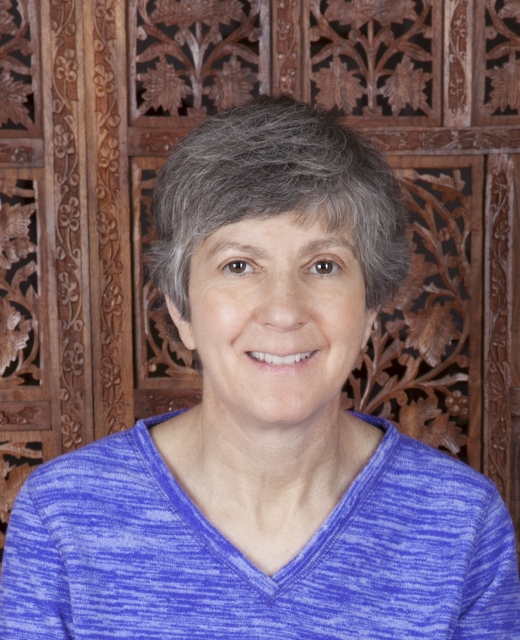Synopsis
A massive solar flare triggers a world-wide power outage, upsetting the balance of Earth’s magnetic field. This causes a shift in the location of magnetic north and magnetic south. The magnetic poles have been migrating slowly for eons, but the force of the flare accelerates the progress. Researchers have documented this phenomenon has happened hundreds of times during the Earth’s history, and they know the last “flip” occurred 780,000 years ago (prior to the rise of the Neanderthal Man). Once the movement begins, scientists realize that if it continues, Earth’s magnetic field may weaken dramatically, and during this transition time sizeable areas of the planet may become uninhabitable.
The story begins with a family (Laurie, her husband Stan, and their two teenage boys) living comfortably in suburban Connecticut ten years before the solar flare. After a brief introduction to the characters, the story jumps ahead to 1 year before the solar flare. Laurie and Stan still live in Connecticut, but their older son Brendan is now a teacher living in a rural village in Africa. Laurie thinks about him often and wonders what his life is like. She also struggles with thoughts of her son Josh, who disappeared during his first year in college and has been missing for the past four years.
The story is told in three distinct threads, following the lives of Laurie and Stan, Brendan, and Josh throughout. When the solar flare occurs and power goes out, the United States descends rapidly into chaos. For Laurie and Stan living in suburban Connecticut, life becomes a matter of day-to-day survival. There is widespread panic as lights go off, banks shut down, retail stores close, and gas stations run out of fuel. Basic healthcare also becomes a rare commodity. Yet while fighting for their own existence, they are also anxious about their two boys.
Brendan lives in a rural village in Africa — a place where there has never been running water and electricity. He is aware of the worldwide effects of the solar flare, though he has no contact with the outside world and life in his village barely changes. Josh, however, has been running away from a past trauma in his childhood. In the year before the solar storm, he finally resolves that and travels home to his family. Unfortunately, the day he flies home is the day of the solar storm and he cannot make it home. He ends up in a U.S. city where anarchy reigns as society breaks down.
Added to the loss of power worldwide is the growing threat of the migrating magnetic poles. Brendan remains safe, as he is living close to the equator, and the magnetic field around the equator is relatively stable. However, Laurie, Stan and Josh are all forced to move as the magnetic field weakens around the northern hemisphere.
This story documents the attempt of the family to re-unite, following the travails of the characters as they navigate through a changed world in which communication with one another is impossible and all normal modes of transportation are completely disrupted. It begins ten years before the solar flare, then follows the characters in the days, months and years after. During much of this time, they do not know if others in the family are dead or alive. They only know of their own circumstances. It is about resilience and adaptability, and while fictional, it is based on scientific facts and intended to entice viewers to think about what their values are and what is truly important in life.




Comments
When North Becomes South
This is an excellent premise for a movie and very relevant. The set up of a lost child, one in Africa and the parents in the US all suffering the impact of the solar flare could really allow a lot of perspectives around sustainability, family, refugees, and displacement.
At the moment the script is too long at 187 pages, and a lot of executives would find that length a reason not to read it.
The dialogue also needs some consideration, at the moment we are learning all the set up information for the story from the characters telling each other, or talking to their dog. It might be better to allow the information to be shown to us, or to be drip feed into the story more organically.
Be more confident...
This writing might be more confident in showing versus telling, and not feel the need to do both. The real appeal comes in near the end of the ten pages with Brandon in Africa, which might come earlier in a tightened setup. As is, if feels heavy on exposition, with stiff dialogue that shows and tells, slowing the pace. Be confident in the power of showing us!
Be confident with description.
The writing here might use more texture to add dimension to settings and characters.
A good premise, but a bit…
A good premise, but a bit too much dialogue; we need to grasp the world through visuals, not just having it reported.
Dialogue needs...
Dialogue needs to be trimmed at times and be mindful of show vs tell. I like the story concept. It's a good start.